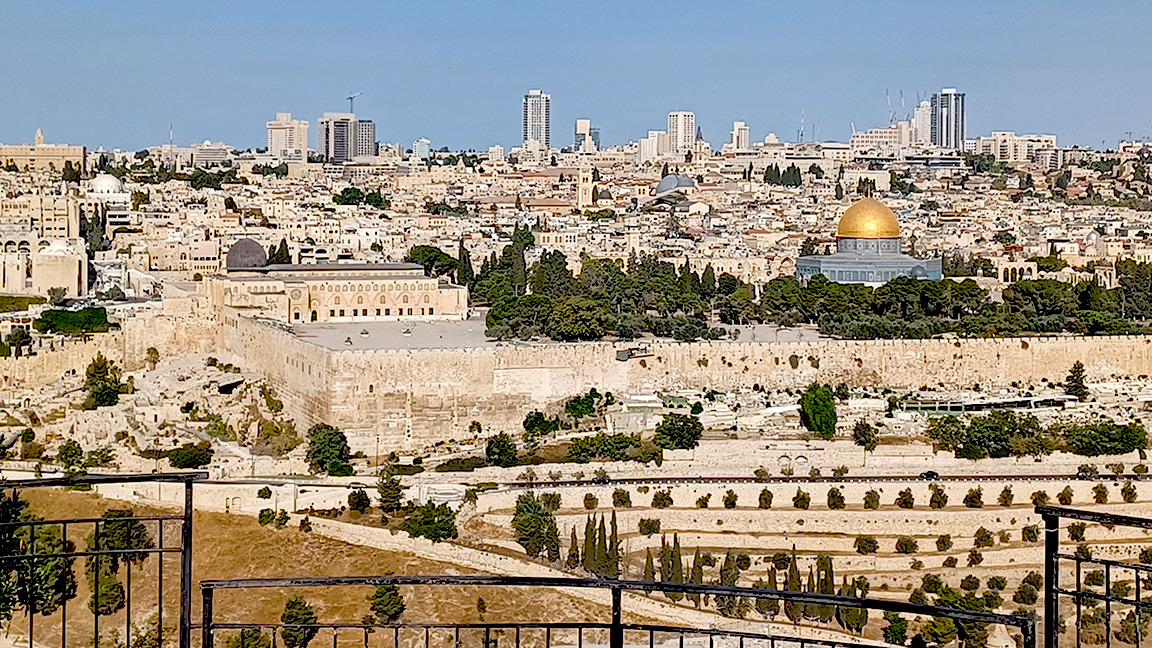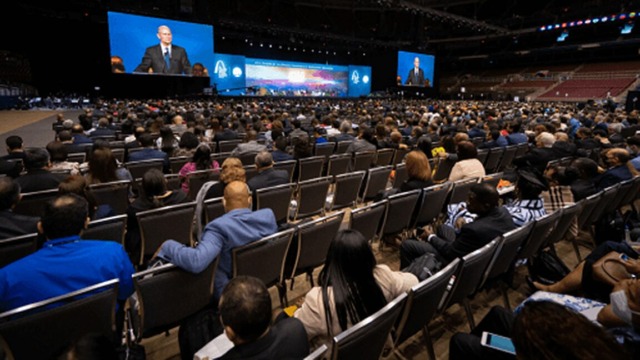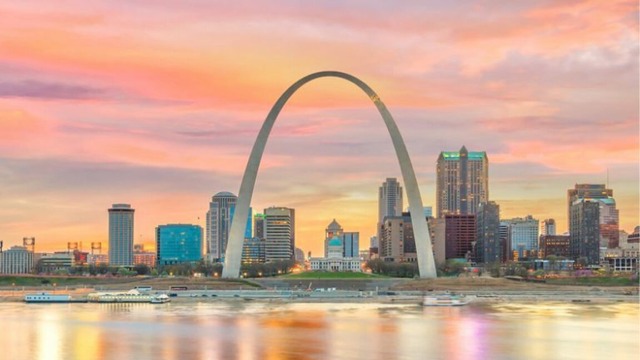By Nathaniel Gamble
Most of us are probably aware of the Israeli-Palestinian conflict in Gaza. And it’s tempting to take sides in this conflict as the news outlets and social media have unfailingly done. But there are more sides in this conflict than just two, as I discovered when I learned two truths in Israel in September 2023.
First, Israel and the Palestinian Authority continually fail to cultivate a healthy relationship. Israel built a thick cement wall around the West Bank to contain Palestinians, but only in 2005 after decades of Palestinian bombings and assassination attempts against Israeli Jews.
Some Palestinian Muslims in Gaza and the West Bank join Islamic terrorist groups, but most Palestinian Muslims have no major hostility toward Israeli Jews. And many of these Palestinian Muslims are Israeli citizens.
The Palestinian Christians tend to be even more pro-Israel, hold Israeli citizenship, and enjoy close relationships with Israeli Jews. Because of this, Palestinian Christians often face persecution and death from Palestinian Muslims for being Christian (even though the majority of Palestinian Christians come from families that were Christians in Israel centuries before Islam arrived), or not nurturing hostility toward Israelis. For their part, many Israeli Jews are unhappy with the wall around the West Bank but are very happy to live next to Palestinians throughout Israel.
Second, most people are unaware that division in Israel is rooted in fear rather than faith or people. Palestinian Muslims and Israeli Jews refuse to teach each other’s histories in their respective schools, and Palestinian Christians are forced to decide whether to teach either curriculum. Israeli Jews live in the uncomfortable tension between being very kind and friendly to everyone, while also fearing that another Holocaust could be perpetuated by anyone, including their current allies.
Every Friday, the Temple Mount turns into a religious game of Russian roulette, where all the Jerusalem Christians stream toward the Church of the Holy Sepulcher along the Via Dolorosa at the exact same time all the Jerusalem Muslims stream in the opposite direction toward the Al Aqsa Mosque for prayer. Adherents of both religions inevitably collide with each other, where human congestion usually blocks the narrow city roads and fistfights and brawls often break out between Christians and Muslims.
Hasidic Jews come to the Western Wall later that evening to welcome in the Sabbath, but 95% of Jewish people living in Jerusalem have never been to the Temple Mount because they think it only holds significance for Muslims and Christians.
What these two truths indicate is that the conflict in Gaza is not between only Israelis and Palestinians, but between Israeli Jews, Palestinian Muslims, and Christians who belong to both worlds. Gaza is merely a flashpoint in the long story of how three faiths and the many people groups who claim them struggle—and often fail—to live together, as portrayed by Jerusalem’s three famous domes: the golden Dome of the Rock (Islam), the light silver Church of the Holy Sepulcher (Christianity), and the white Hurva Synagogue (Judaism).
It’s easy to take sides in this conflict. After all, there are enough villains, heroes, and innocent bystanders to go around. But there’s also enough guilt in this conflict, too. In many ways, guilt is a wasted emotion, because it makes one party feel censured while the other party feels sanctimonious—all while failing to produce compensation, reconciliation, or atonement for either group. The only solution that will bring peace to Gaza is also the only solution that will bring peace to Jerusalem, Israel, and the whole Middle East: Jesus, and the peace, reconciliation, and healing he brings.
—Nathaniel Gamble is RMC religious liberty director. Photo by Nathaniel Gamble.




